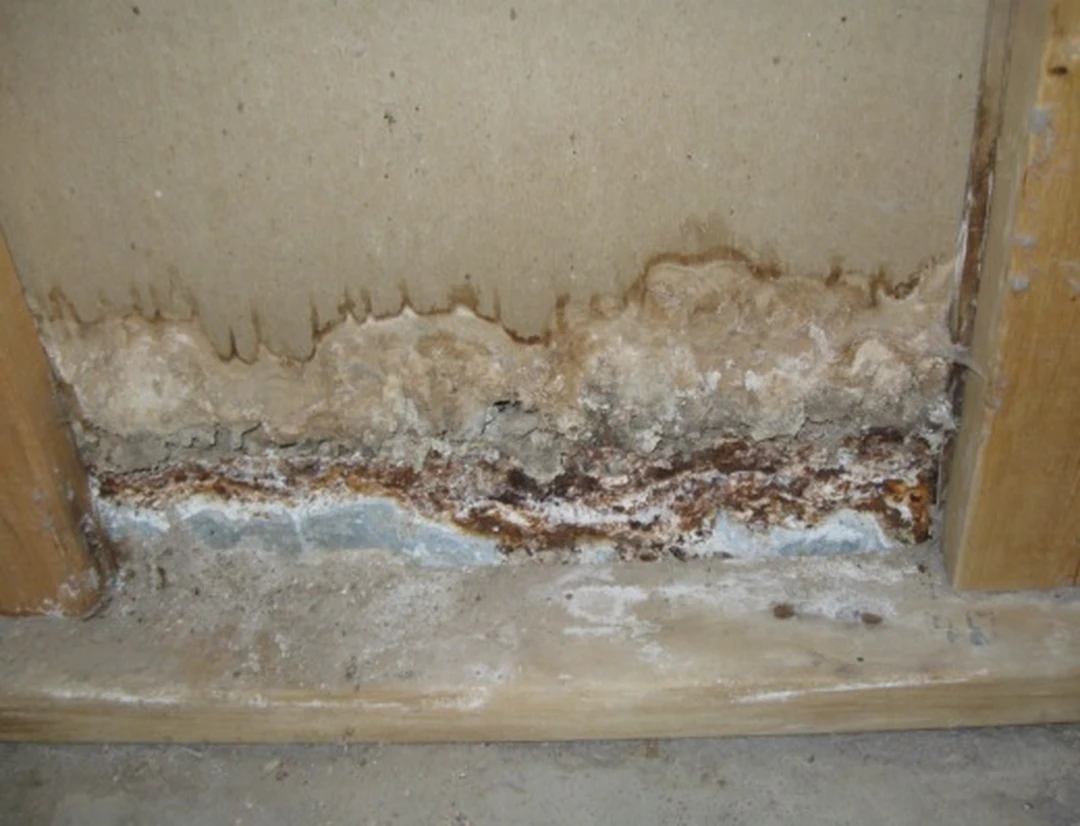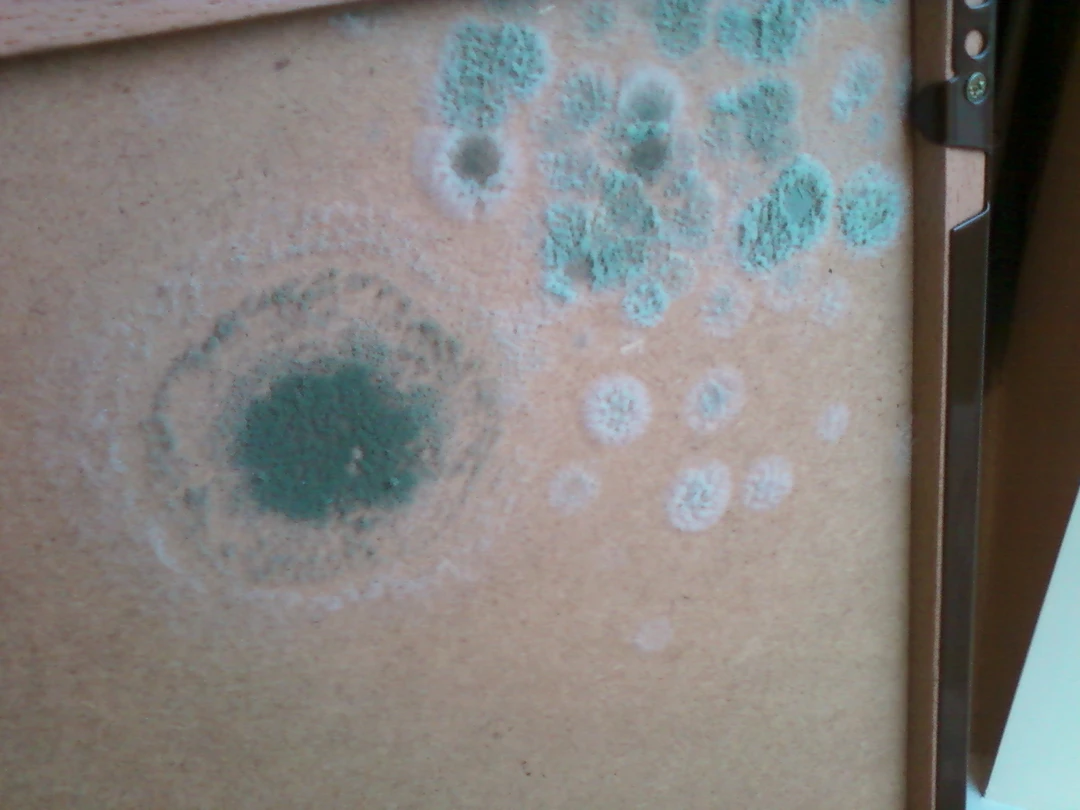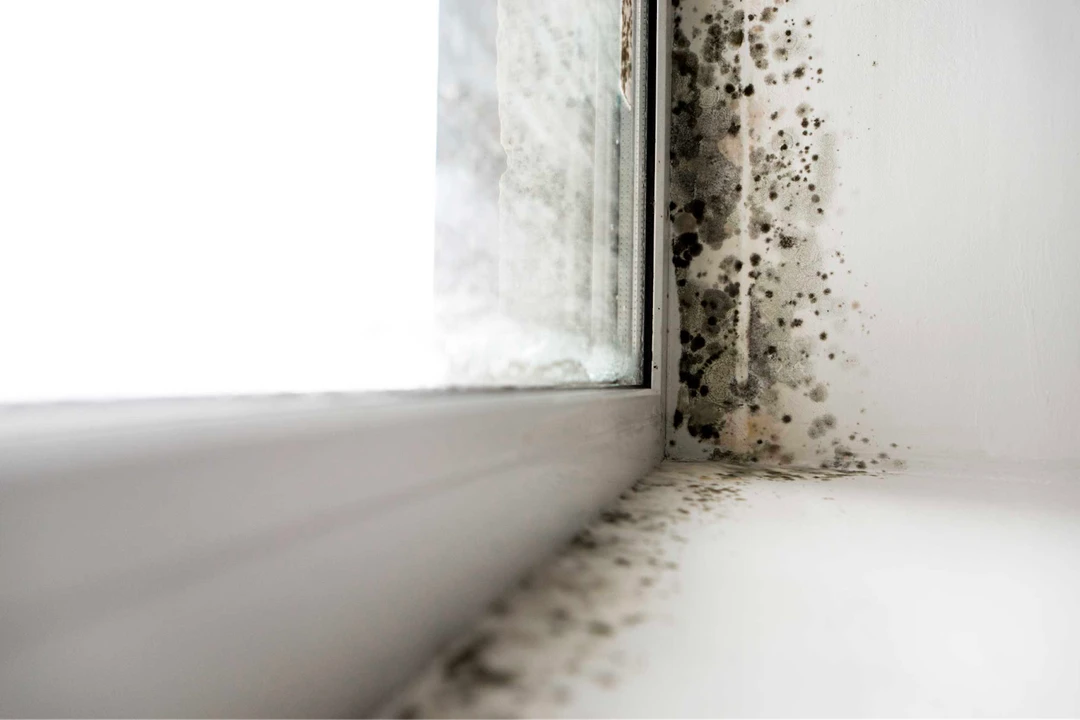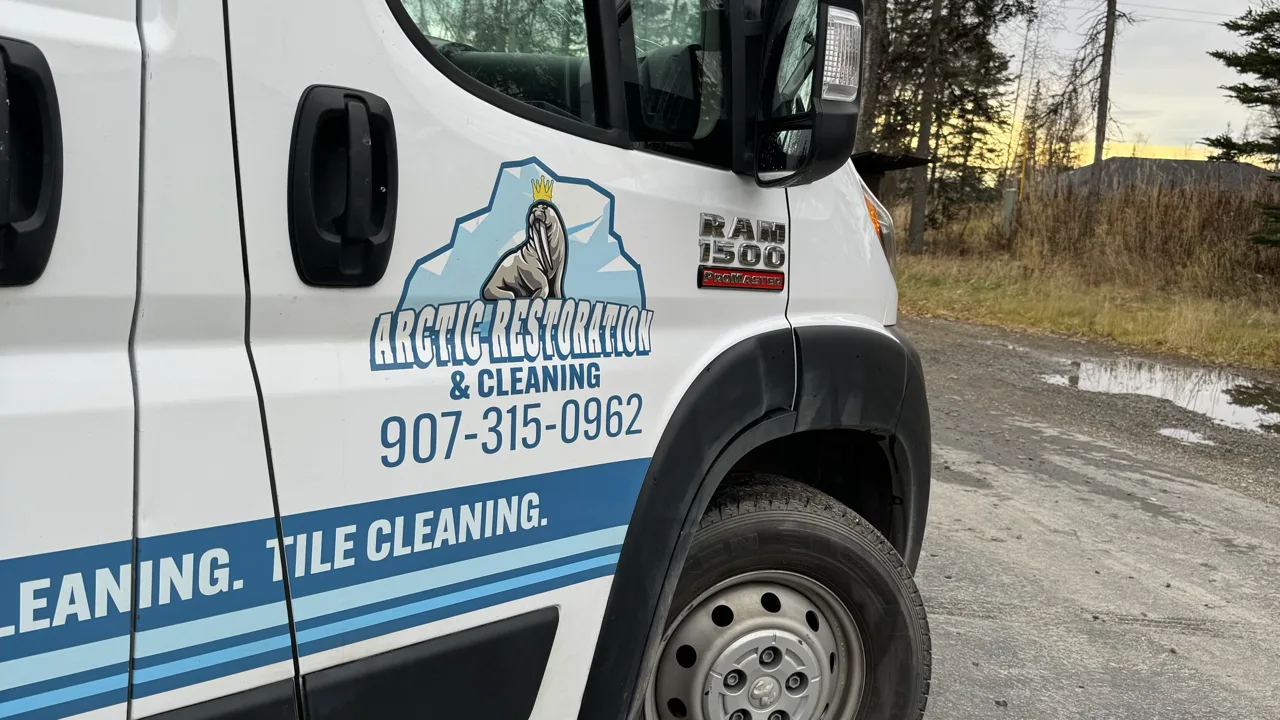Mold is a term that often brings to mind unpleasant images. However, not everyone knows what mold is and the potential health risks it can pose. This blog post aims to shed light on these issues, using information from the Centers for Disease Control and Prevention (CDC).
What is Mold?
Mold refers to various fungi that grow in filaments and reproduce by forming tiny spores that can travel through the air. The term “mold” is typically used to refer to fungi that grow in damp places, both indoors and outdoors. Molds play a crucial role in nature by breaking down dead organic material such as fallen leaves and dead trees, but when they start growing indoors, they can cause problems.
The Health Risks of Indoor Mold
Exposure to damp and moldy environments may cause various health effects or none at all. Some people are sensitive to mold. For these people, mold exposure can lead to nasal stuffiness, eye irritation, wheezing, or skin irritation. More severe reactions may occur among workers exposed to large amounts of molds in occupational settings, people with chronic lung illnesses, or people with weakened immune systems.
How to Control and Prevent Mold Growth
The key to mold control is moisture control. If mold is a problem in your home, you should clean up the mold promptly and fix the water problem. Drying water-damaged areas and items within 24-48 hours is important to prevent mold growth.
If you see mold, you do not need to find out what mold you have. All molds should be treated the same when it comes to health risks and removal.
Common Types of Household Mold
While mold comes in thousands of different strains, only a handful are usually found within the home. Here’s a quick rundown of the types of mold you’re most likely to encounter in your living spaces:

Alternaria
Alternaria is one of the most common types of outdoor mold but can also be found indoors. It spreads quickly and often causes allergic reactions. Typically found in damp environments such as showers or under leaky sinks, Alternaria is known for its rapid growth. Its presence indoors should be addressed promptly to avoid health issues related to allergies.

Aspergillus
Aspergillus is another type of mold frequently encountered indoors. It can cause respiratory infections, especially in individuals with weakened immune systems. Common hiding spots for Aspergillus in your home include air conditioning systems and insulation. Due to its potential health implications, monitoring and controlling the spread of Aspergillus is crucial.

Cladosporium
Cladosporium is unique in its ability to grow in both cool and warm damp environments. It typically causes allergic reactions and is commonly found on fabrics and wood surfaces in homes. Understanding its growth habits is essential for controlling and preventing Cladosporium mold in your living spaces.

Penicillium
Penicillium is infamous for the blue-green mold spotted on old bread or fruit. Although it’s known for producing penicillin, some strains of Penicillium can lead to infections and allergic reactions. It often grows on materials that have been water-damaged, making moisture control crucial in preventing its spread.

Stachybotrys Chartarum (Black Mold)
Stachybotrys Chartarum, commonly known as “black mold,” is notorious for its potential to cause respiratory problems and other health issues. It thrives in high-moisture areas like bathrooms and basements. Due to its severe health risks, immediate action should be taken to remove black mold and address the underlying moisture problems.
Remember, when dealing with mold, prevention through moisture control and prompt remediation of any water damage is critical. Feel free to ask if you have further questions or need more detailed information on any of these mold types.
While mold naturally contributes to the ecosystem, its intrusion into our homes can compromise the health and safety of our living spaces, posing significant risks, especially to those with sensitivities or weakened immune systems. But there’s no need to face these challenges alone.

Arctic Restoration and Cleaning is your Alaskan guardian, dedicated to transforming your home or business back to normal. With our meticulous mold remediation services and comprehensive approach to restoration, we ensure that every corner of your space is free from the threats of mold and other damages.
Don’t let mold take over your peace of mind! Act swiftly to secure a healthier environment for you and your loved ones. Contact us now at (907) 315-0962 or visit our services page to learn more about how we can tailor our expert solutions to your needs. From flood recovery to crawlspace mold removal, our team is equipped to handle it all, ensuring your space is restored and renewed.
Embrace a cleaner, safer future with Arctic Restoration and Cleaning. Use the form below to contact us for a FREE Restoration Assessment today, and embark on the path to restoration and renewal, one expert step at a time.
We’re more than just a service; we’re your partner in ensuring your home or business is a sanctuary of health and comfort. Let’s protect and restore your space together. Because at Arctic Restoration and Cleaning, we’re restoring Alaska, one home at a time.